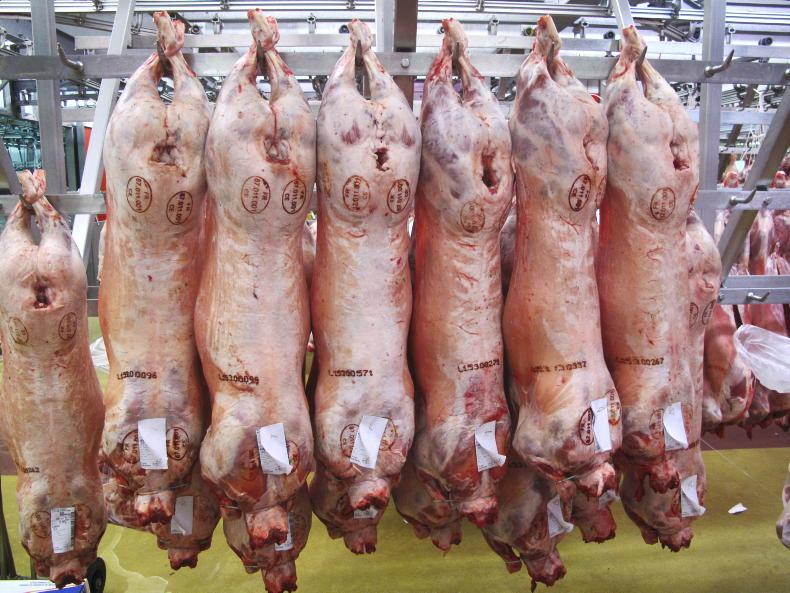Nematodirus
Forecasts released by the Department of Agriculture and the Agri-Food and Biosciences Institute (AFBI) caution that peak nematodirus egg hatching has now occurred across the country.
The map details the average date peak egg hatching was expected to hit in counties in Ireland. The AFBI forecast paints a similar picture, citing that “10% of the annual hatch would have occurred in mid-March 2023” with peak hatching typically taking place in the first and second week of April.
Lambs aged six to 12 weeks and grazing on contaminated pastures are those which face the greatest risk. The advice detailed in the forecasts is to treat such lambs approximately two weeks after the peak nematodirus egg hatching.
However, this advice should be superseded on individual farms where clinical signs consistent with nematodirus are observed.
Disease is most prevalent in April, but can last through until May and June, and often later depending on weather patterns. The disease can cause rapid damage, with nematodirus larvae invading the wall of the intestine following ingestion.
It is characterised by profuse diarrhoea, dehydration and weight loss. Where an outbreak occurs the forecast highlights that lambs can be seen congregating around water troughs due to a severe thirst that develops.
Benzimidazoles or white drenches remain the recommended drug to help reduce the rate of anthelmintic resistance developing. Lambs under nutritional stress face the greatest risk, as these are likely to be consuming higher volumes of grass at a younger age.
It is also important to note that lambs can be re-infected, and that where there is a marked age difference between lambs in the batch, some may be infected while others may not.
EuroSheep webinar
The EuroSheep thematic network which shares information between sheep producing nations in Europe and further afield will host a webinar discussing sheep farming in New Zealand on 20 April from 1pm to 3pm, Irish time.
The webinar will feature interviews from New Zealand sheep producers, including from farmers who manage flocks of up to 30,000 sheep, farms which manage 2,000 ewes per labour unit, new entrants to dairy sheep production including producing milk from outdoor flocks, mixed farming enterprises and farms which have sold their wool forward for 10 years. Registration for free here.











SHARING OPTIONS